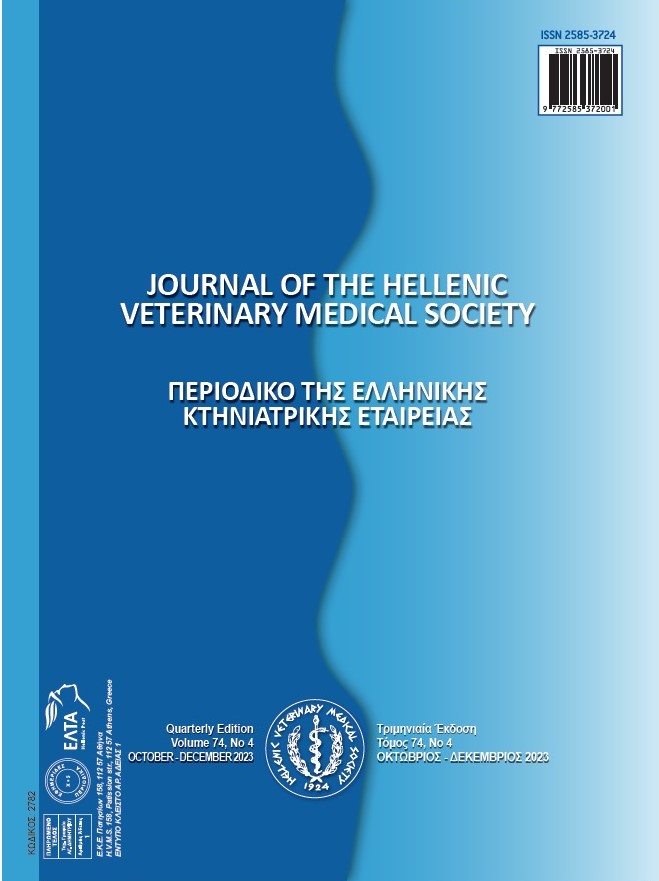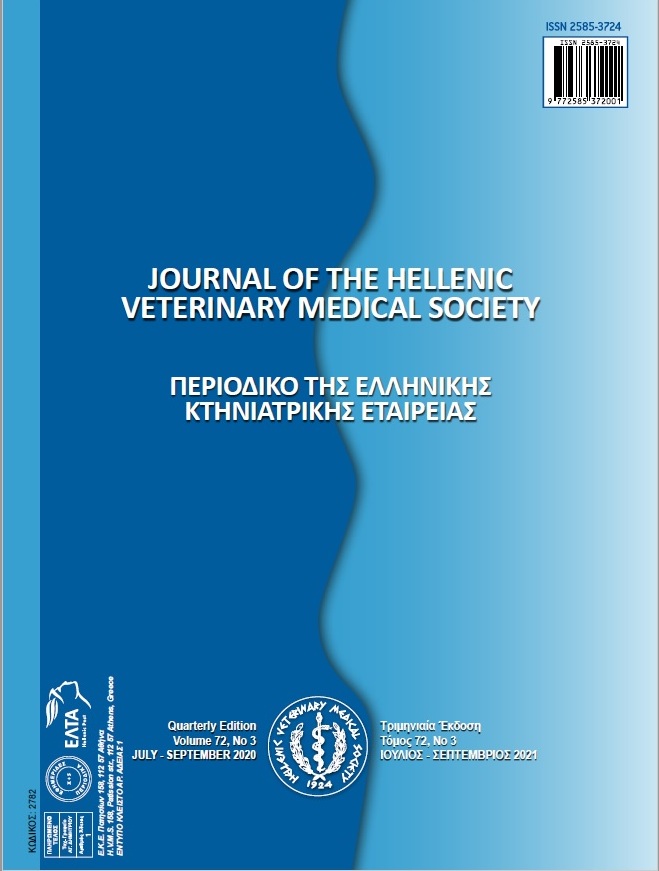Some Meat Quality Traits and Fatty Acid Composition of Saanen, Turkish Hair × Saanen (F1 ) and Honamlı × Saanen (F1 ) Crossbreed Kids

Abstract
The study was aimed to investigate the possibilities of obtaining slaughtered kids using indigenous breeds in Saanen flocks, which does not require breeding. The cross-sectional surface of the Musculus longissimus dorsi (MLD) muscle was used to evaluate the some meat quality parameters. Evaluations were made after slaughtering and at 24th hour and on 7th day after the slaughtering. The average values of pH, pH 24, cooking loss, water holding capacity and shear force values obtained in research groups were 6.46, 5.02, 24.58%, 3.25% and 3.67 kg / cm2 in Honamlı x Saanen; In the same order, 6.46, 5.69, 25.66%, 5.59% and 4.52 kg / cm2 in Saanen and 6.62, 5.27, 22.69%, 2.55% and 4.25 kg / cm2, in the Turkish Hair x Saanen (F1) respectively. It was found in the study that L0 (brightness), a0 (redness) and b0 (yellowness) values were 47.50, 7.51 and 12.67 for Honamlı x Saanen crossbred kids, respectively. The same values were 48.34, 7.74, and 12.62 for Saanen kids and 47.73, 8.01, and 13.20 for Turkish Hair x Saanen crossbred kids, respectively. In the study, the amount of muscle fat in Turkish Hair x Saanen (F1) crossbred kids was found 2.85%. While there was no difference in oleic acid content among genotypes, the ω-6 fatty acids linoleic and arachidonic were detected in the Saanen kids with a maximum of 10.67% and 4.98%, respectively (P< 0.05). According to findings, It was found that Honamlı x Saanen (F1) cross kids have shown beter performance for many traits than others. Therefore, Saanen farms which has no need young breeding animal can use Honamlı bucks as patternal line for the butchered kid production. This application can be introduced to the sector.
Article Details
- How to Cite
-
Akbaş, A., Kuleaşan, Ş, Üstüner, H., Elmaz, Ö, Sarı, M., & Saatcı, M. (2024). Some Meat Quality Traits and Fatty Acid Composition of Saanen, Turkish Hair × Saanen (F1 ) and Honamlı × Saanen (F1 ) Crossbreed Kids . Journal of the Hellenic Veterinary Medical Society, 74(4), 6553–6562. https://doi.org/10.12681/jhvms.31557
- Issue
- Vol. 74 No. 4 (2023)
- Section
- Research Articles

This work is licensed under a Creative Commons Attribution-NonCommercial 4.0 International License.
Authors who publish with this journal agree to the following terms:
· Authors retain copyright and grant the journal right of first publication with the work simultaneously licensed under a Creative Commons Attribution Non-Commercial License that allows others to share the work with an acknowledgement of the work's authorship and initial publication in this journal.
· Authors are able to enter into separate, additional contractual arrangements for the non-exclusive distribution of the journal's published version of the work (e.g. post it to an institutional repository or publish it in a book), with an acknowledgement of its initial publication in this journal.
· Authors are permitted and encouraged to post their work online (preferably in institutional repositories or on their website) prior to and during the submission process, as it can lead to productive exchanges, as well as earlier and greater citation of published work.




